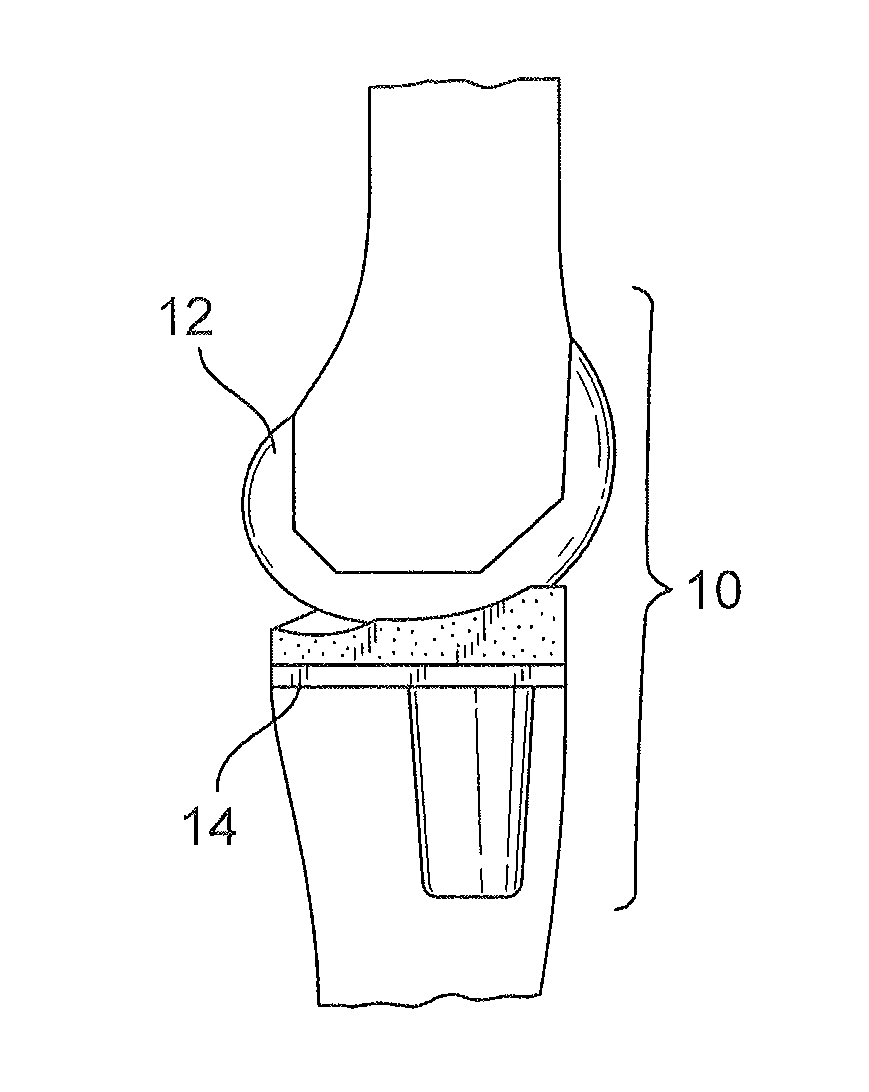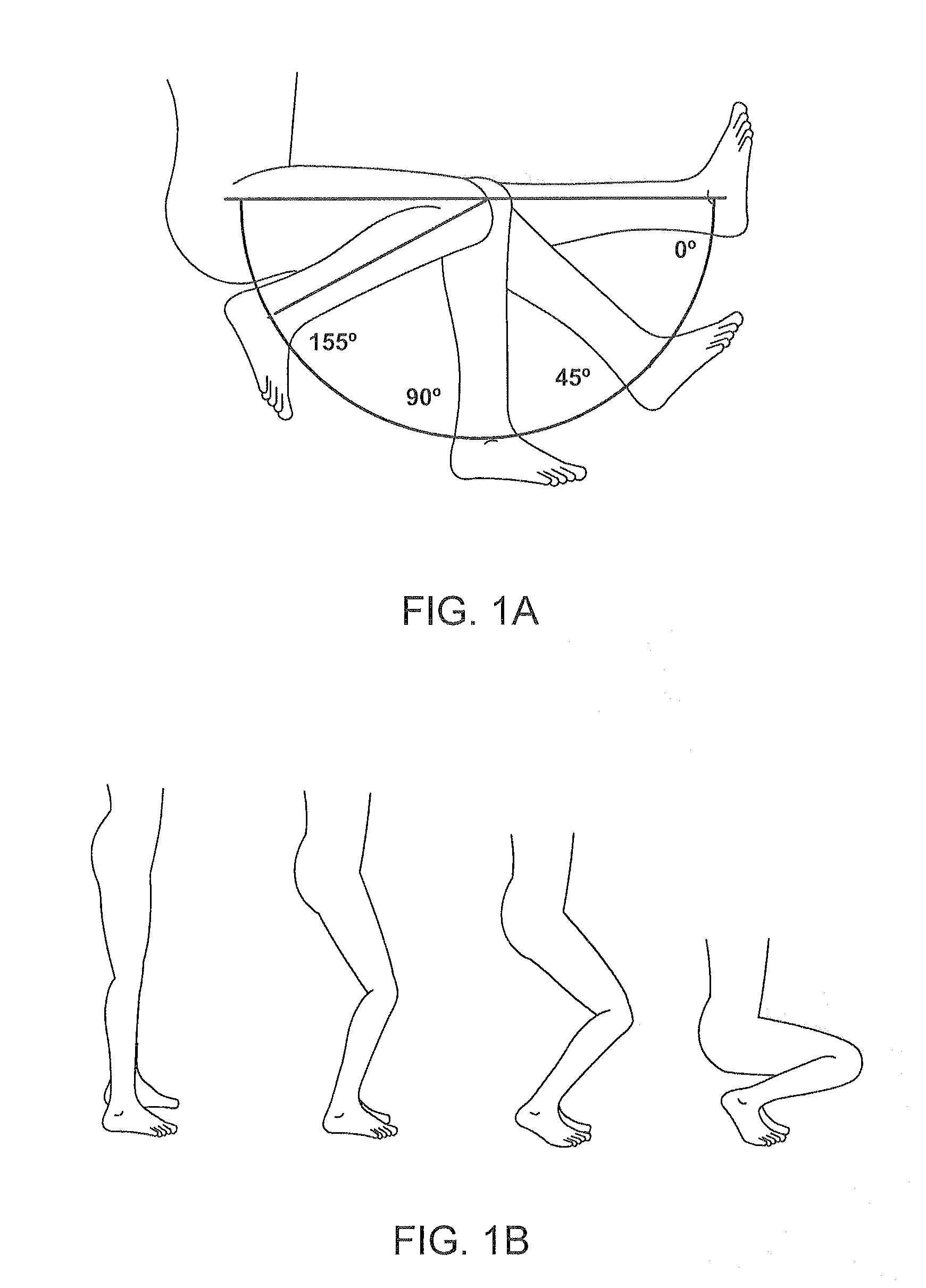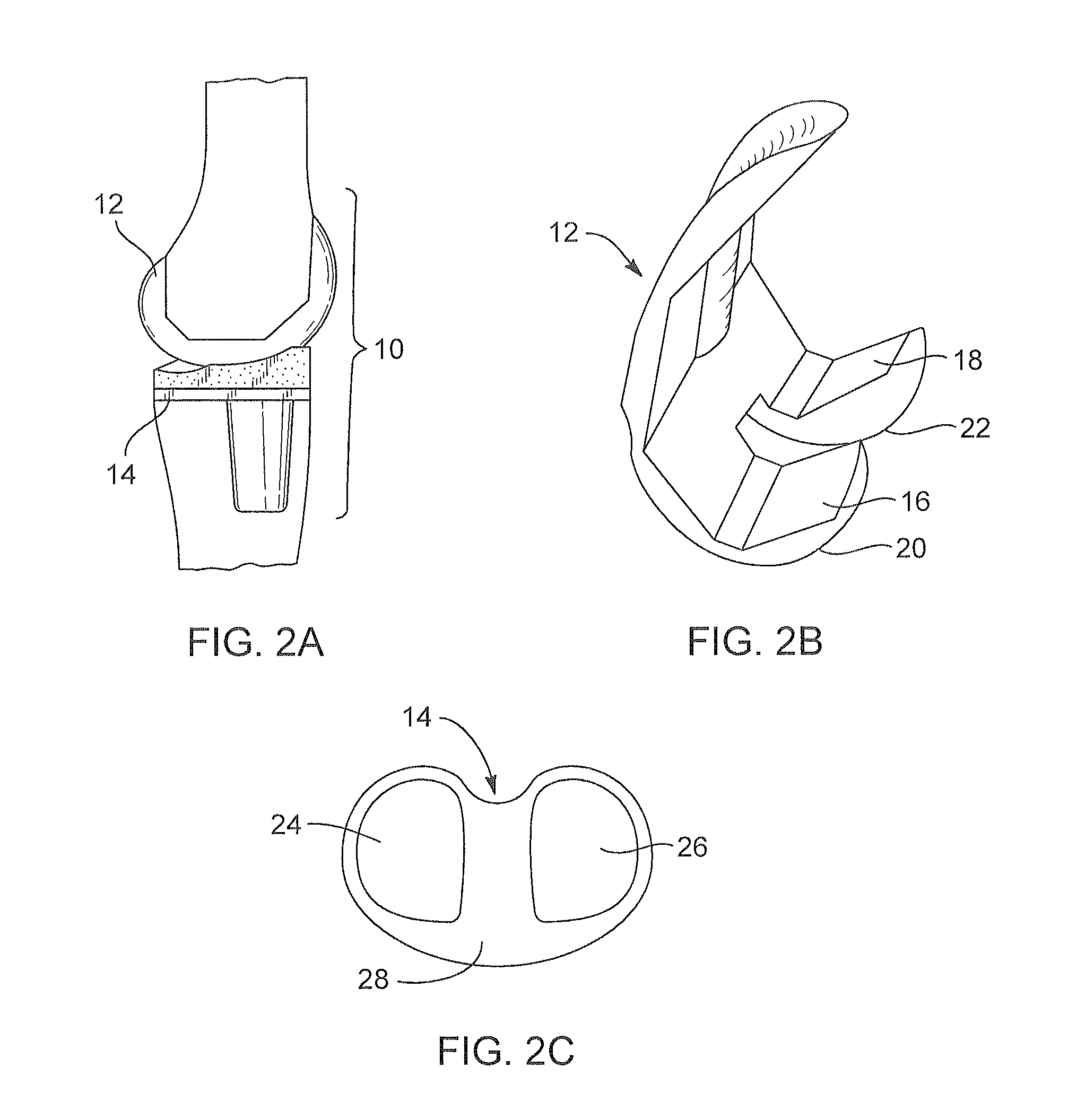Systems and methods for providing a femoral component
a femoral component and system technology, applied in the field of knee prostheses, can solve the problems of not allowing patients to flex from full extension to 160, conventional knee prosthesis patients are unable to consistently achieve the latter position, and the prosthesis still has many shortcomings, so as to achieve and greater deep knee flexion
- Summary
- Abstract
- Description
- Claims
- Application Information
AI Technical Summary
Benefits of technology
Problems solved by technology
Method used
Image
Examples
Embodiment Construction
[0069]The present invention relates to knee prostheses. In particular, the present invention relates to systems and methods for providing deeper knee flexion capabilities for knee prosthesis patients, and more particularly, to: (i) providing an extended articular surface on the proximal, anterior surface (or portion) of the posterior condyles of the femur; (ii) making modifications to the internal geometry of the femoral component and the associated femoral bone cuts with methods of implantation; (iii) making modifications to the tibial and femoral components of a knee prosthesis, including asymmetrical tibial articular surfaces and removing certain areas of the tibial and femoral components; (iv) having asymmetric femoral condyles, including the option of having a closing radius on the femoral component, wherein all of the foregoing result in deeper knee flexion capabilities for knee prosthesis patients than previously achievable; and (v) resection of essentially all of the anterio...
PUM
 Login to View More
Login to View More Abstract
Description
Claims
Application Information
 Login to View More
Login to View More - R&D
- Intellectual Property
- Life Sciences
- Materials
- Tech Scout
- Unparalleled Data Quality
- Higher Quality Content
- 60% Fewer Hallucinations
Browse by: Latest US Patents, China's latest patents, Technical Efficacy Thesaurus, Application Domain, Technology Topic, Popular Technical Reports.
© 2025 PatSnap. All rights reserved.Legal|Privacy policy|Modern Slavery Act Transparency Statement|Sitemap|About US| Contact US: help@patsnap.com



